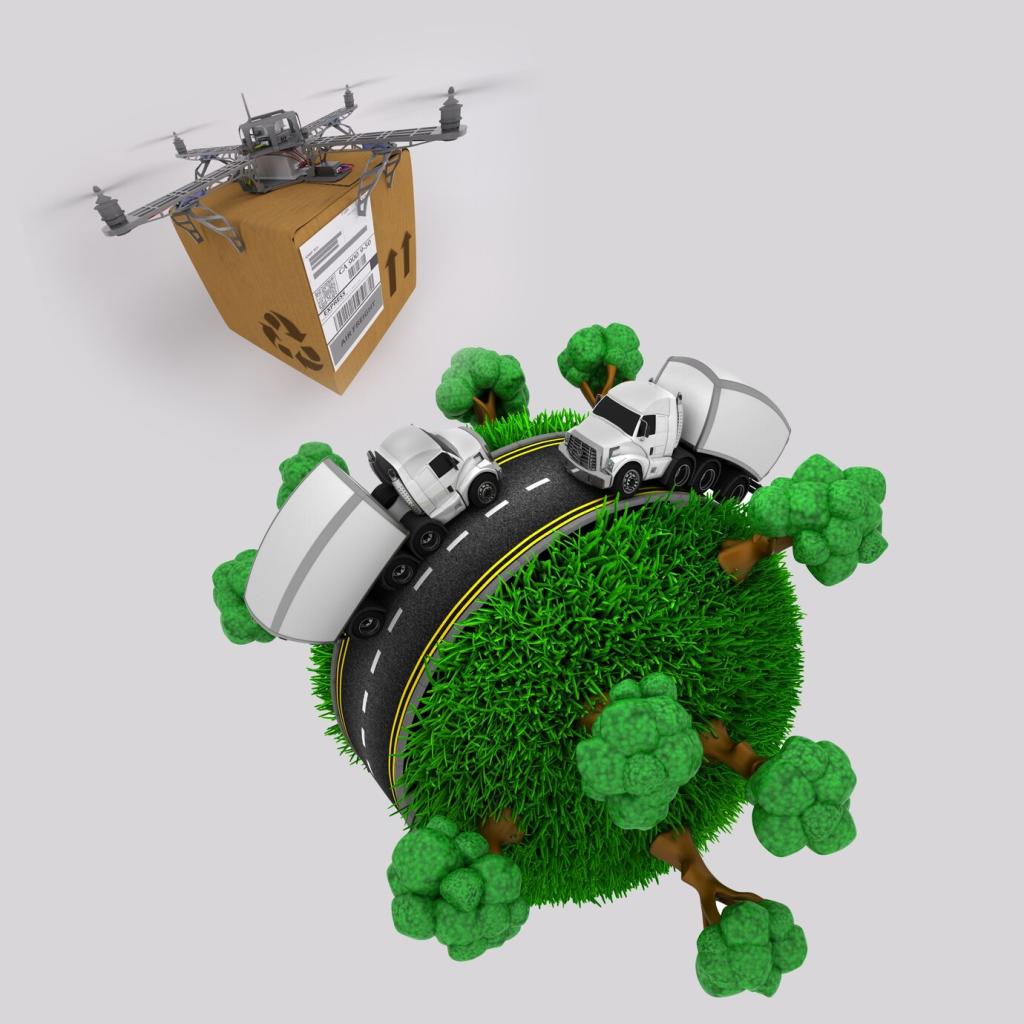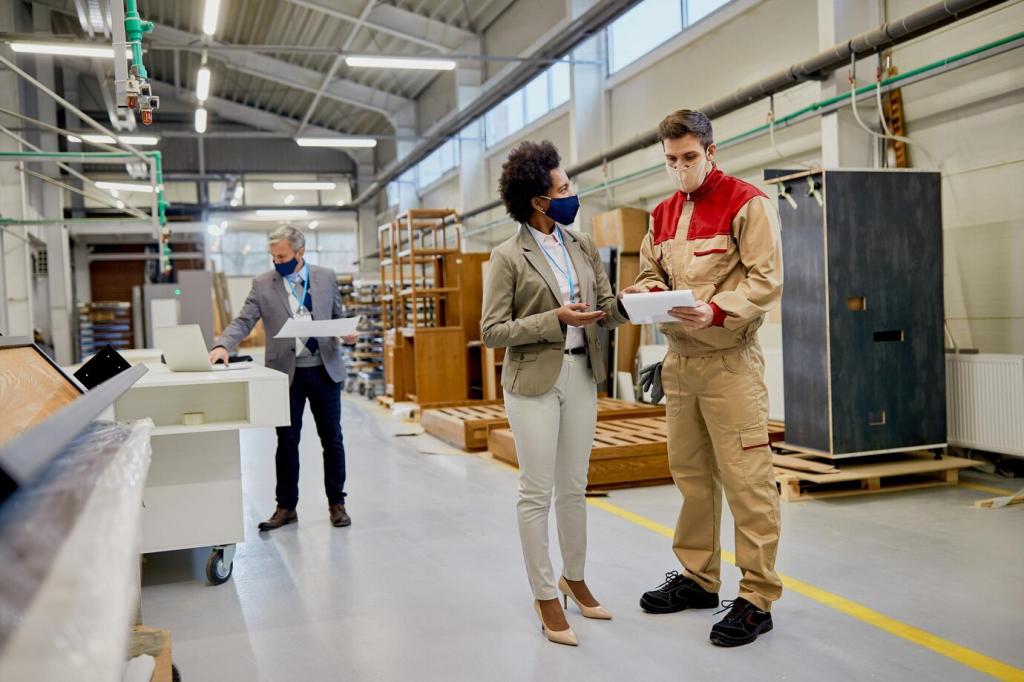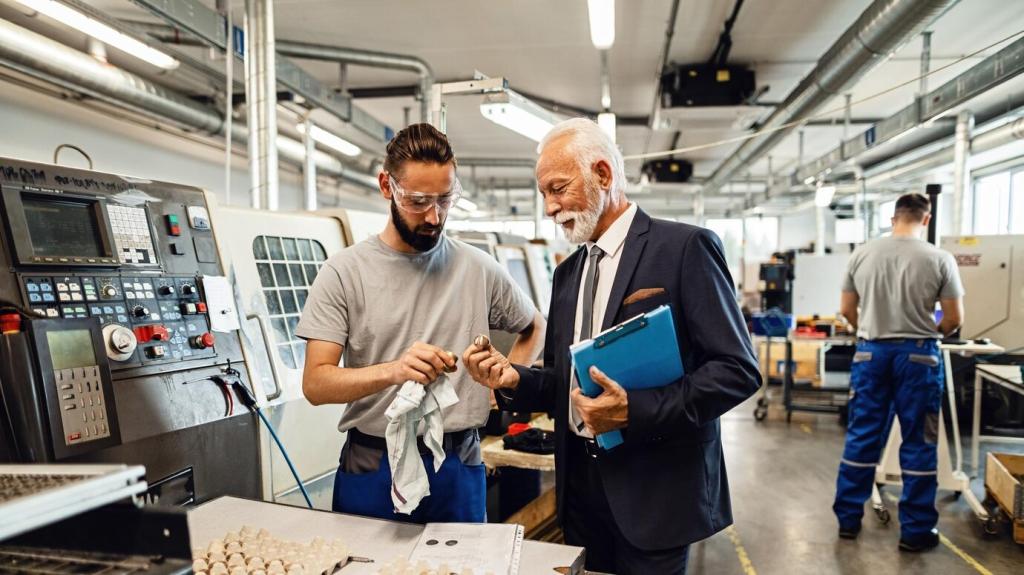
Powering Craftsmanship: Energy Efficiency in Furniture Production
Chosen theme: Energy Efficiency in Furniture Production. Welcome to a space where precision meets sustainability, and every watt saved helps preserve the art of making. Today we explore practical ways to cut energy use without dimming creativity. Join the conversation, subscribe for monthly insights, and share how your workshop turns efficiency into an everyday craft.
Foundations: Mapping Energy Across the Workshop
Walk the floor and list major loads: dust collection, compressors, CNCs, lighting, HVAC, drying, and finishing booths. Note hours of operation, peak times, and idle periods. This visual map becomes your guide for quick wins and long-term strategy.


Foundations: Mapping Energy Across the Workshop
Track monthly kWh against output, then break it down by department. Choose metrics that matter, like energy per cabinet or chair. Start with achievable targets—five to ten percent reductions—so teams see progress, celebrate small wins, and build momentum.
Smart Machines: Motors, Drives, and Maintenance
Variable Frequency Drives on Fans and Dust Collection
Install VFDs to match airflow to real demand instead of running full speed all day. Pair with automatic blast gates so unused stations stop pulling. One mid-size shop cut fan power dramatically and noticed quieter floors and cleaner air immediately.
Compressed Air Without the Waste
Air leaks are silent budget killers. Schedule quarterly leak hunts, lower system pressure to the minimum needed, and isolate overnight. A small family workshop found twenty tiny leaks, fixed them in a weekend, and funded new LED lights with the savings.
Predictive Maintenance to Prevent Energy Drift
Worn belts, dull cutters, and misaligned bearings force motors to work harder. Use vibration and temperature checks, basic power meters, and tool-life tracking. You will reduce scrap, cut cycle times, and keep energy use from creeping upward unnoticed.
Light, Air, and Comfort: Facility Systems That Matter
01
Replace outdated fixtures with high-efficiency LEDs and add occupancy and daylight sensors. Better color rendering improves quality checks and reduces eye strain. A team in a coastal town reported fewer rework errors after brightening assembly with tuned lighting.
02
Condition only the spaces you need when you need them. Capture waste heat from compressors or ovens to preheat incoming air. Employees notice steadier comfort, and production leaders see steadier quality when temperature and humidity stop swinging.
03
Smooth, well-sized ducts reduce static pressure and motor load. Eliminate sharp turns, seal joints, and remove redundant runs. Combine this with scheduled filter cleaning, and your system breathes easier while your energy bills breathe a sigh of relief.
Heat-Intensive Steps: Drying, Gluing, and Finishing
Use calibrated moisture meters and optimized kiln schedules. Avoid over-drying, which wastes heat and risks defects. One artisan mill shortened cycles by fine-tuning airflow and stacking, resulting in fewer checks and a noticeable drop in gas consumption.
High-volume low-pressure guns, proper atomization, and controlled cure times cut overspray and rework. Time ventilation to actual process needs rather than running all day. Better finish, healthier air, lower energy—your crew will thank you.
Recover heat from exhaust streams and route it to preheat makeup air or water. Even modest heat exchangers can pay back quickly. Share your own recovery hacks in the comments and inspire another shop to try the same.


Install sub-meters on key lines and display simple charts near work cells. Real-time visibility sparks friendly competition to beat yesterday’s numbers. Transparency builds trust and puts energy efficiency on the same board as quality and safety.

Group similar colors, materials, and setups to minimize warm-up and purge cycles. Use quick-change fixtures to avoid long idle times. This lean approach saves both energy and patience, leaving more hours for the details that make furniture memorable.

Clean, efficient CNC toolpaths reduce machine time and spindle load. Smarter nesting cuts scrap and handling, which means fewer cuts, less dust, and lower extraction needs. Share your best CAM tweaks; others will trade back their clever time-savers.
Material Flow: Layout and Movement with Purpose
Reimagine the Floor Plan
Arrange stations to follow the natural sequence: milling, assembly, finishing, and packing. Shorter paths mean shorter motor run times and less forklift travel. Tape mock routes on the floor before moving heavy gear to test the flow safely.
Right-Sized Conveyance and Ergonomics
Choose conveyors and lifts that match actual loads so motors are never oversized. Better ergonomics lower fatigue and errors, indirectly saving energy through smoother work. Small details, like glide strips, can remove surprising friction from daily movement.
Electrify Internal Transport
Transition to electric forklifts and pallet movers where feasible, then charge during off-peak hours. Smart chargers and battery care extend life and cut demand spikes. Operators often prefer the quieter ride and clean air on the shop floor.
Renewables and On-Site Resources
Many furniture shops run by day—so does the sun. Rooftop arrays can shoulder a meaningful share of lighting and machine loads. Monitor production and shift small processes to daylight hours to lift the value of every kilowatt generated.
Renewables and On-Site Resources
Densify sawdust into briquettes or feed a high-efficiency boiler for space heating. Manage moisture and emissions responsibly. One rural plant used a simple silo and auger to keep the boiler steady, unlocking clean heat from what was once waste.
Renewables and On-Site Resources
Where tariffs penalize peaks, batteries can smooth demand. Pair with controls that delay non-critical loads for a few minutes. It is not just about technology—it is about timing, discipline, and knowing your facility’s rhythm hour by hour.
People Power: Training and Culture
Host monthly walk-throughs with cross-functional teams. Celebrate the smallest finds, from a stray heater to a mis-set thermostat. Share results on your bulletin board and invite our readers to post their favorite low-cost wins in the comments.

Financing the Journey and Staying the Course

Talk to utilities and local programs about rebates for lighting, VFDs, and compressors. Combine support with tax incentives and vendor discounts. Readers: share your region’s best resources so others can shortcut the paperwork maze.
Join our mailing list
